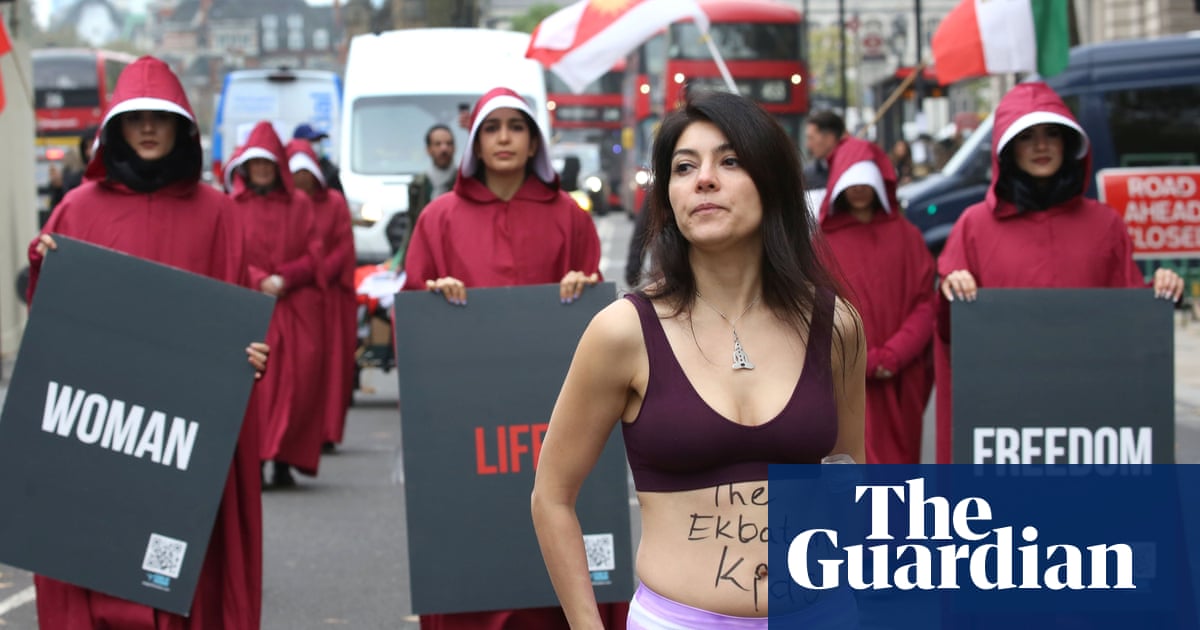Every day for the last two weeks, Johannes-Harm Hovinga has sat at a raised table in Museum Arnhem, using a two-hole page puncher to systematically perforate the 7,705-page sixth assessment report produced by the UN’s Intergovernmental Panel on Climate Change (IPCC).
He has printed it out on coloured paper and the result is a vibrant heap piling up at the artist’s feet.
Hovinga remains completely silent during each performance in the Netherlands-based museum. He drinks water, but doesn’t eat, with bathroom breaks his only intermission.
“We are at a crucial turning point in history,” says Hovinga, “where the consequences of climate change are becoming increasingly evident. Rising temperatures, extreme weather events, biodiversity loss and microplastics are just some examples of what our planet faces.”
The artist calls his living piece The Elephant in the Room. It is an artistic protest, meant to illustrate the lack of urgency by policymakers and global leaders. Hovinga believes in the power of creative expression to help raise awareness and persuade people to take a stand.
“The changing political landscape in Europe makes the work more relevant than ever. As humans, we are exhausting the Earth. Our current system of consumption is not sustainable. We need change, especially in our western world.
“For me, art and activism are symbiotic. The performance challenges each of us to confront our role in the climate crisis and encourages a renewed commitment to meaningful change.”
Hovinga’s artistic protest will last 20 days in total. By the end of it, he will have punched holes for 120 hours, at a physical and mental cost. “It’s getting harder to sit in silence concentrating on the same repetitive motion. I didn’t expect it to be so intense. After two days, my back, neck, elbows and wrists all started to hurt. I’ve been taking painkillers daily since the second week.”
Even so, he remains committed, accepting that change often comes with discomfort and sacrifice. For Hovinga, the most rewarding part is seeing the public reaction.
“Visitors have left me notes thanking me,” he says. “One day, two students from the art school next door waited until the museum closed so they could speak with me. I didn’t expect the reaction to be so positive. People see the layers of pain and are touched by it.”
However, Hovinga has had the odd negative response: “I’ve been called a WEF [World Economic Forum] puppet. Online, someone threatened to come and disrupt the performance. But that’s also fine because it still makes people reflect.”
after newsletter promotion
Saskia Bak, the director at Museum Arnhem, says: “It’s crucial to showcase different perspectives on current topics, so we team up with artists not typically seen in museums. We highlight issues that are relevant in society, such as climate change. Johannes-Harm Hovinga’s performance fits perfectly.”
Of the audience reception, she says: “It’s been overwhelmingly positive. Some viewers get quite emotional during the performance, while others have applauded Hovinga for tearing up the nonsense that is the IPCC report.”
The hole-punching part of Hovinga’s art will wrap up on 14 July, after which the confetti installation will remain dispersed for two weeks. “After that, I will come back and clean in silence,” says Hovinga.
Having already staged a pilot version of Elephant in the Room for 11 days in 2022, during which he invited viewers to join him in the hole punching, the artist next plans to recreate the act during Cop29 in November.
In the long run, he hopes to take the performance across Europe, presenting his live art in museums and public spaces.



